EVA orthotic insoles are often recommended for children with flat feet due to their superior cushioning, support, and adaptability. These insoles offer a customized fit that helps to alleviate discomfort and improve foot function. This guide explains why EVA orthotic insoles are preferred for managing flat feet in children and how they contribute to overall foot health.
Why EVA Orthotic Insoles Are Preferred for Children with Flat Feet
Flat feet, or pes planus, is a common condition in children where the arch of the foot collapses, causing the entire sole to touch the ground. This condition can lead to discomfort, pain, and difficulties in walking. EVA (Ethylene Vinyl Acetate) orthotic insoles are widely recommended for children with flat feet due to their numerous benefits. This article explores why EVA orthotic insoles are preferred and how they help manage and alleviate symptoms associated with flat feet in children.
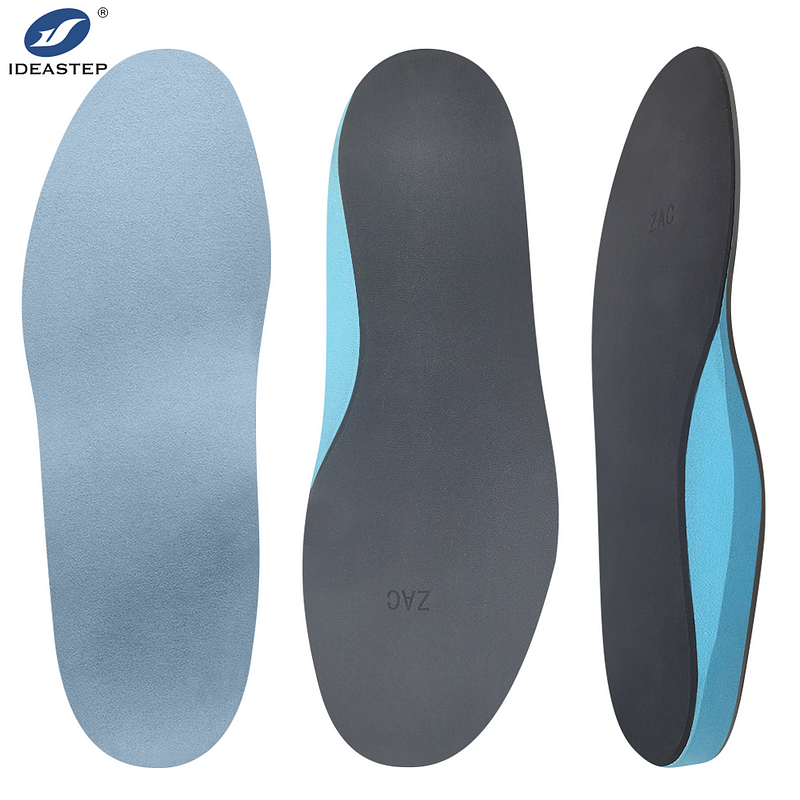
1. Superior Cushioning
EVA is known for its excellent cushioning properties. The material provides a soft, supportive layer that helps absorb shock and reduce impact on the feet. For children with flat feet, who may experience increased pressure on their feet, the cushioning offered by EVA insoles can help alleviate discomfort and prevent the development of additional foot problems. This cushioning is particularly beneficial during activities that involve a lot of running or jumping.
2. Arch Support and Structure
Flat feet often require additional arch support to help maintain proper foot alignment. EVA orthotic insoles are designed to provide targeted support to the arch, helping to correct alignment issues and reduce strain on the feet. The material’s adaptability allows it to conform to the specific contours of a child’s foot, offering personalized support that can address the unique needs of children with flat feet.
3. Lightweight and Comfortable
EVA is a lightweight material, which makes EVA orthotic insoles comfortable for children to wear throughout the day. Heavy or bulky insoles can cause discomfort and make it difficult for children to engage in normal activities. The lightweight nature of EVA ensures that the insoles provide support without adding unnecessary weight, allowing children to move freely and comfortably.
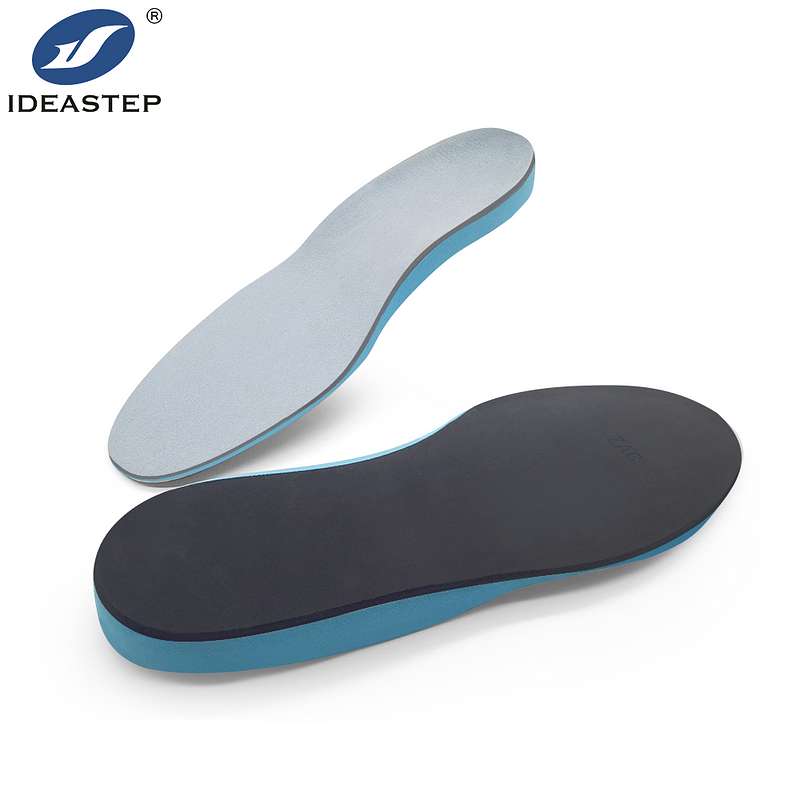
4. Durability and Longevity
Durability is a crucial factor when selecting orthotic insoles for children. EVA insoles are known for their durability and ability to withstand the wear and tear of daily activities. The material maintains its shape and performance over time, making it a cost-effective solution for parents. High-quality EVA insoles offer long-lasting support and comfort, ensuring that they provide consistent benefits throughout their use.
5. Customizable Fit
One of the key advantages of EVA orthotic insoles is their ability to be customized for a precise fit. These insoles can be adjusted or heat-molded to conform to the specific shape of a child’s foot, providing optimal support and comfort. Customizable fit is particularly important for children with flat feet, as it ensures that the insoles address their unique foot structure and alignment needs.
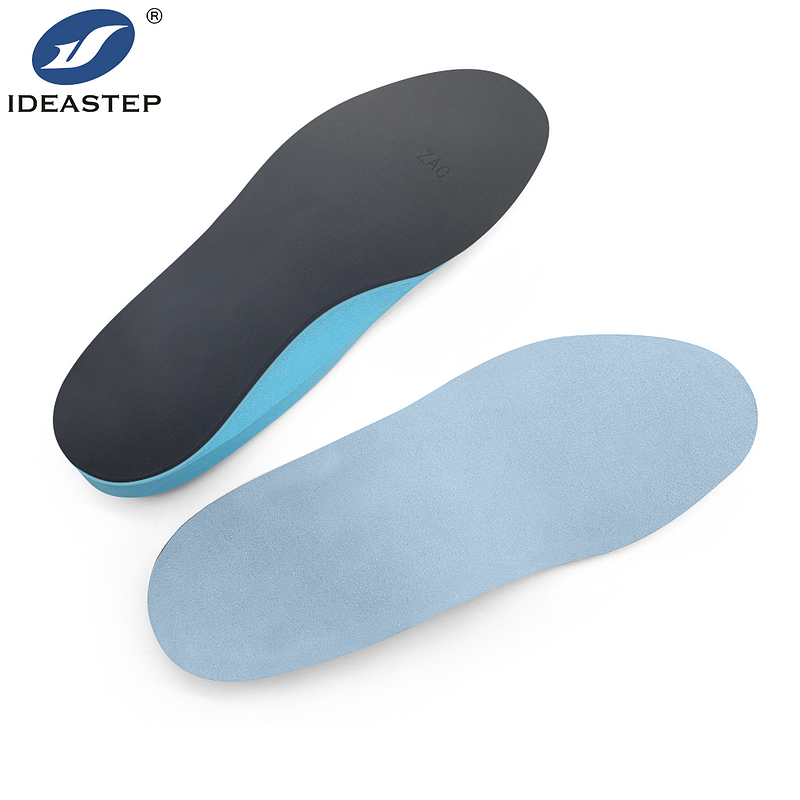
6. Improved Foot Function
Proper arch support and cushioning provided by EVA insoles can enhance overall foot function. By reducing strain on the feet and improving alignment, EVA orthotic insoles help children with flat feet walk and run more efficiently. Improved foot function contributes to better posture and balance, which can positively impact a child’s overall physical development and coordination.
7. Breathability and Moisture Management
Keeping feet dry and comfortable is important for preventing issues such as fungal infections or unpleasant odors. EVA insoles often feature moisture-wicking properties that help keep feet dry by drawing sweat away from the skin. Breathability is an essential feature that enhances comfort and hygiene, especially for active children who may be prone to sweaty feet.
8. Easy Maintenance
Children’s orthotic insoles need to be easy to maintain and clean. EVA insoles are generally straightforward to clean, requiring just a simple wipe-down with a damp cloth. This ease of maintenance helps parents keep the insoles in good condition and ensures that they remain hygienic and functional for extended periods.
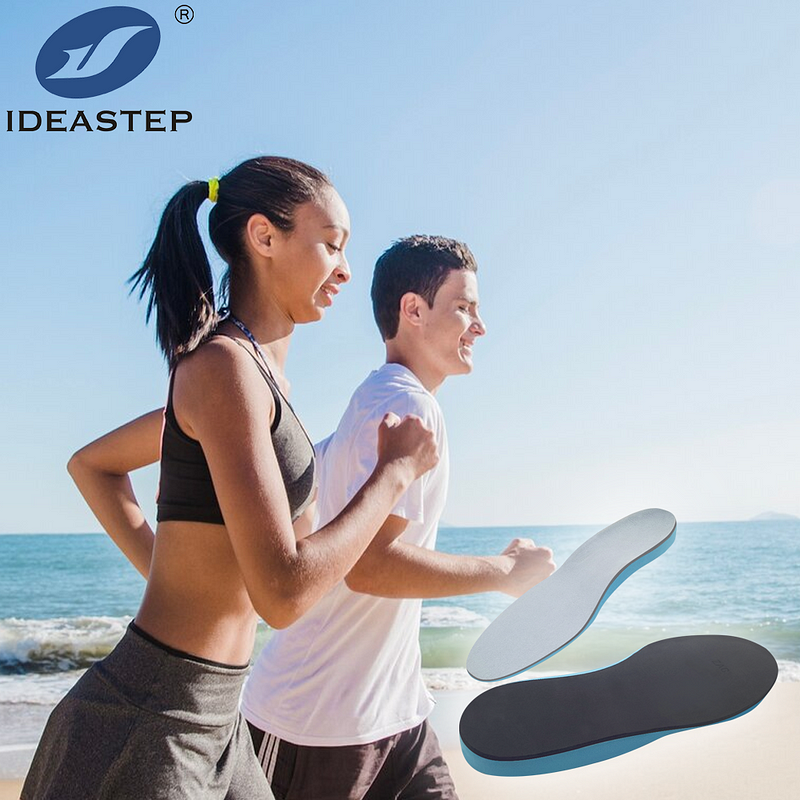
9. Cost-Effectiveness
Considering the cost of orthotic solutions, EVA insoles offer a cost-effective option for managing flat feet. Their durability, comfort, and support capabilities make them a practical choice for families. Investing in high-quality EVA insoles can reduce the need for frequent replacements and additional treatments, providing long-term benefits at a reasonable price.
10. Conclusion
EVA orthotic insoles are a preferred choice for children with flat feet due to their superior cushioning, arch support, and customizable fit. The material’s lightweight nature, durability, and breathability further contribute to its suitability for young children. By addressing the unique needs of children with flat feet, EVA insoles help improve foot function, enhance comfort, and support overall foot health.
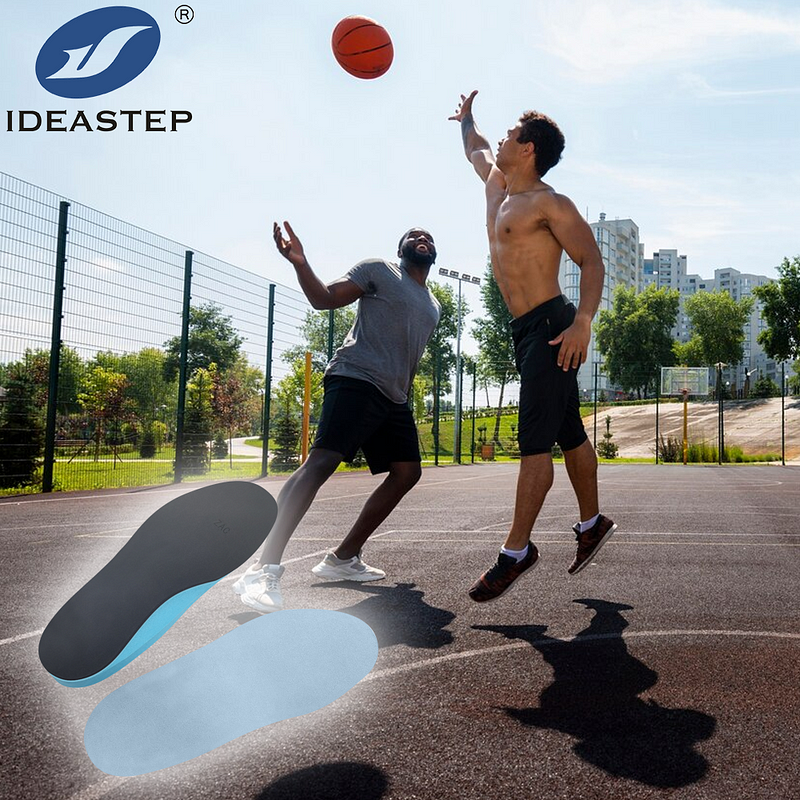
FAQ
What are the benefits of EVA orthotic insoles for children with flat feet?
EVA orthotic insoles provide benefits such as superior cushioning, targeted arch support, lightweight comfort, durability, and a customizable fit. These features help alleviate discomfort, improve foot function, and enhance overall support for children with flat feet.
Can EVA insoles be customized for individual foot shapes?
Yes, EVA insoles can be customized to fit individual foot shapes. They can be heat-molded or adjusted to conform to the unique contours of a child’s foot, providing personalized support and comfort.
How do EVA orthotic insoles compare to other materials for managing flat feet?
EVA orthotic insoles offer a balance of cushioning, support, and durability that makes them a popular choice for managing flat feet. Compared to other materials, EVA is known for its lightweight nature, breathability, and ability to provide customized support, which are important factors in managing flat feet in children.
